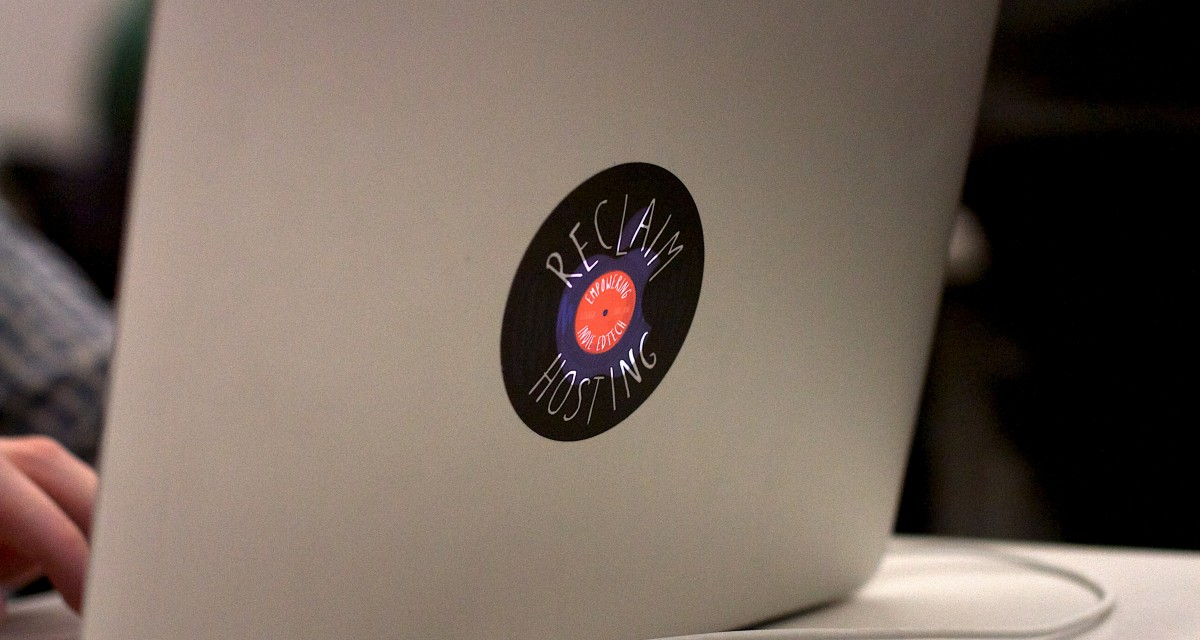Online Learning, Gaming, Virtual Reality and AI Trends
When it comes to technology, no industry readily adopts it more than education. In fact, Grand View Research reports that the global education technology market will be worth over $285 billion by 2027, growing at an 18.1% rate year-over-year. Of course, EdTech is only set to grow even more now that more students rely on technology to receive an education. And in these challenging times, some pieces of technology stood above the rest. Here are four EdTech trends we’ll be seeing more of in the coming years.
Online Learning
Among all the EdTech trends this year, online learning topped all others. In fact, it was already a rising trend even before these testing times. Last year’s estimates show that around 2.7 million K-12 students are taking at least one online course in the US, most of which are offered by public schools. Today, there has been increased support for online learning, such as the improvement of video conferencing platforms with blackboard tools like Blackboard Collaborate and learning management systems like Shift. So, it’s no secret that we’ll be seeing more of online learning in the coming months.
Online Games
Online games may be a platform usually associated with entertainment, but several of them are now being used in classrooms. A great example of this is Minecraft. While mainly used to teach young kids the basics of programming, it can also tell stories and add visuals to an otherwise dull discussion. There are also websites like Math Playground and Science Kids that are filled to the brim with free games you can integrate into your lessons. Online games are fun, but they’re also informative—making them the perfect tool for conducting classes.
Virtual Reality
When it comes to student immersion, virtual reality (VR) has every other technology beat. VR headsets are built with a unique power delivery system design that allows for billions of transistors on a single IC, enabling them to play games for hours. Plus, since most of the components are welded into a single chip, it’s very lightweight, so students can comfortably wear one until they’re ready to put it down. VR has plenty of uses. For example, it allows students to go on field trips without venturing out. There are also VR games like Anatomyou and InMind that can help teach your lesson for the day.
Artificial Intelligence
AI is a useful teaching assistant, one that shows its true prowess in times of distance learning. Its biggest contribution is in personalization. This means that AI can collect data on your students’ learning proficiency to provide a more tailored curriculum for every student. For example, Third Space Learning is an online platform that helps teachers become better online tutors. If you talk too fast, the AI will advise you to slow down. It’ll also identify patterns in student behavior, like how they act on camera or the test score they provide, and inform you of this, along with a recommendation.
Classrooms always strive to be more engaging, which we need now more than ever. Our houses may not be the most conducive place to learn because of all the distractions, but technology knows how to keep everyone focused.






